A month of travel
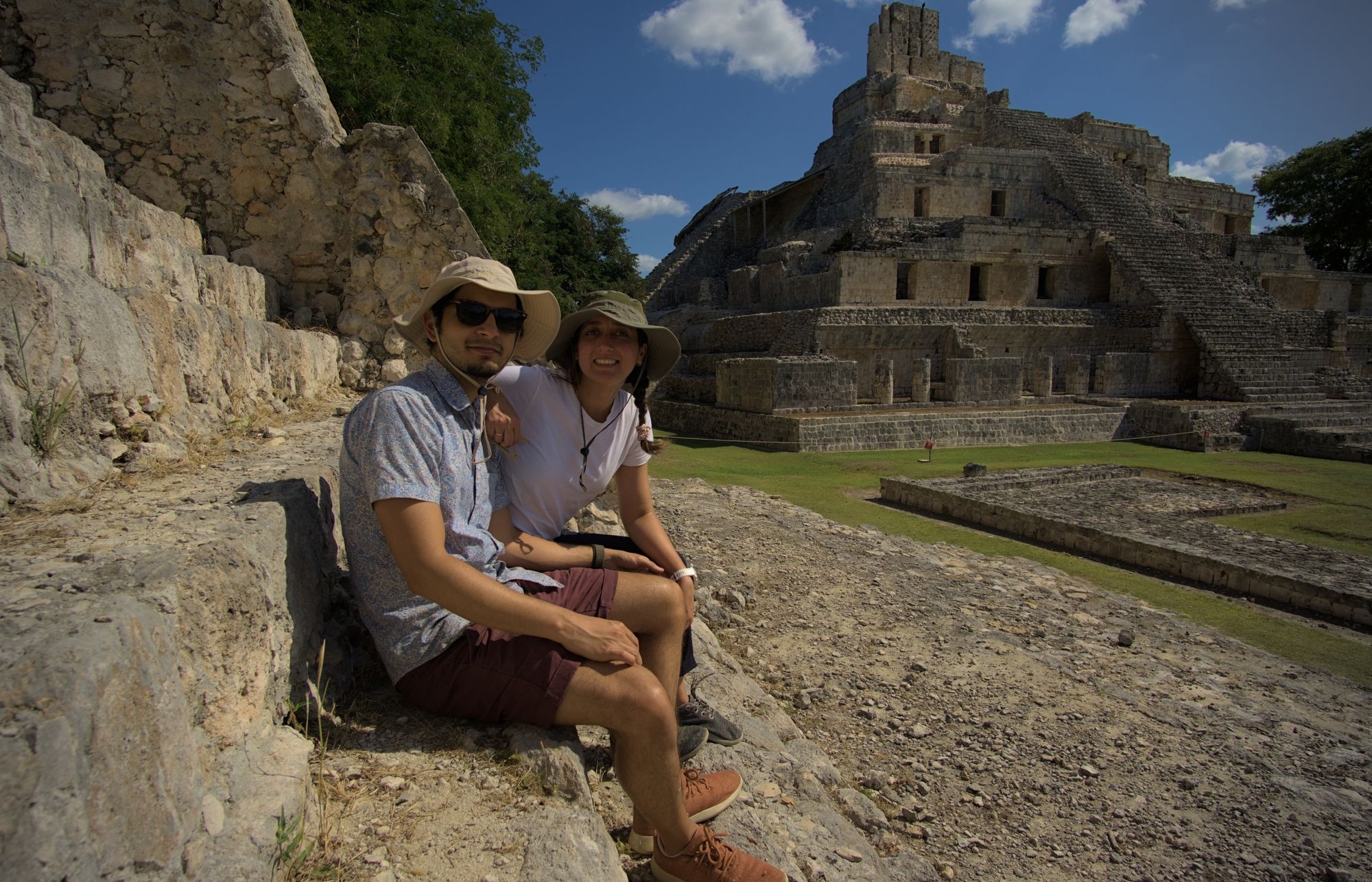
I have been sitting on this blogpost for a couple of weeks now but in the wake of family bereavements, crises in Pakistan and now the disasters in Turkiye and Syria it is impossible to not feel guilt and heart break going through your day normally whilst so many are suffering. So, we decided to wait a bit longer before posting our first entry.
Welcome to rahguzar - our journey as we travel through the world!
Its been more than a month of us being on the road.
One full month of making home away from home, of unforgettable experiences (more on that later), stepping outside of our comfort zones (read: salsa lessons!), trying exquisite coffee and some of the most flavourful meals we have ever had. It has been nothing short of incredible. Of course, the journey hasn't been smooth sailing by any means; there have been moments riddled with frustration and disappointment and upset (more so me than Munis) but we have learned some hard lessons and it has only made us feel all the more grateful for the privileges that we have.
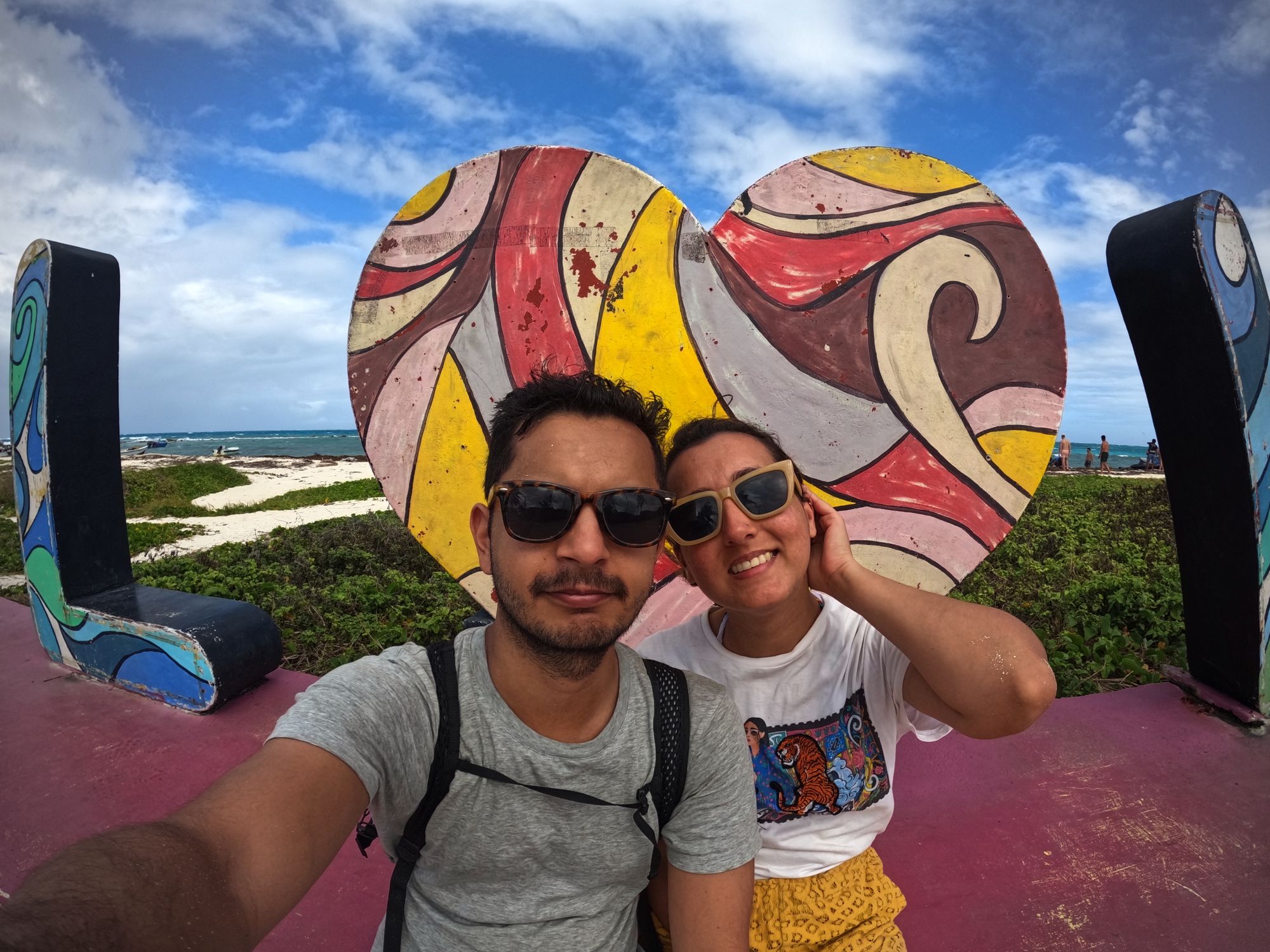
In the beginning of January we spent a fantastic 12 days in the Yucatan peninsula which is the southern part of Mexico, visiting the cities of Cancun, Merida, the town of Valladolid, the UNESCO world heritage site of Campeche, and the island of Isla Mujeres near the Caribbean coast, which was a lot to pack in the short amount of time we had there.
Mexico is not at all what we expected. Perhaps our expectations had been clouded by the westernised depiction of Mexico as a violence-ridden country with a permanent ‘yellow filter’. Just to share an example, before our departure, in the airport lounge, we started chatting to a couple of Asian guys who asked us where we were headed. When we told them about Mexico, they were taken aback and said ‘but there's guns and shooting there’. The point being, our picture was quite similar, but boy were we wrong. Mexico is glorious. I feel strangely nostalgic for a country I spent less than 2 weeks in, whilst writing this. It is everything you will not have imagined and more.

The food, first of all, is some of the best in the world we have tried, from tacos to chilaquiles to salbutes to tortas to motelunos to sopas, each dish was one flavour bomb after another. We could not get enough! I still dream about the food and cannot wait to recreate the dishes once back in London. It is perfect for a brown person’s palette too, given its blend of spices. We ate from roadside vendors and hawkers and found those meals more tasty than ones served at big restaurants near tourist ‘hot spots’. Which is one lesson we picked up early on - AVOID places to eat and shop near touristy areas, take the off beaten road and you will be amazed at what you find, we discovered some real gems. Google reviews and Tripadvisor were also of little help in this regard, so skip the reviews and see where the locals are headed. I plan on writing a detailed post on all the delicious food we have eaten so far.
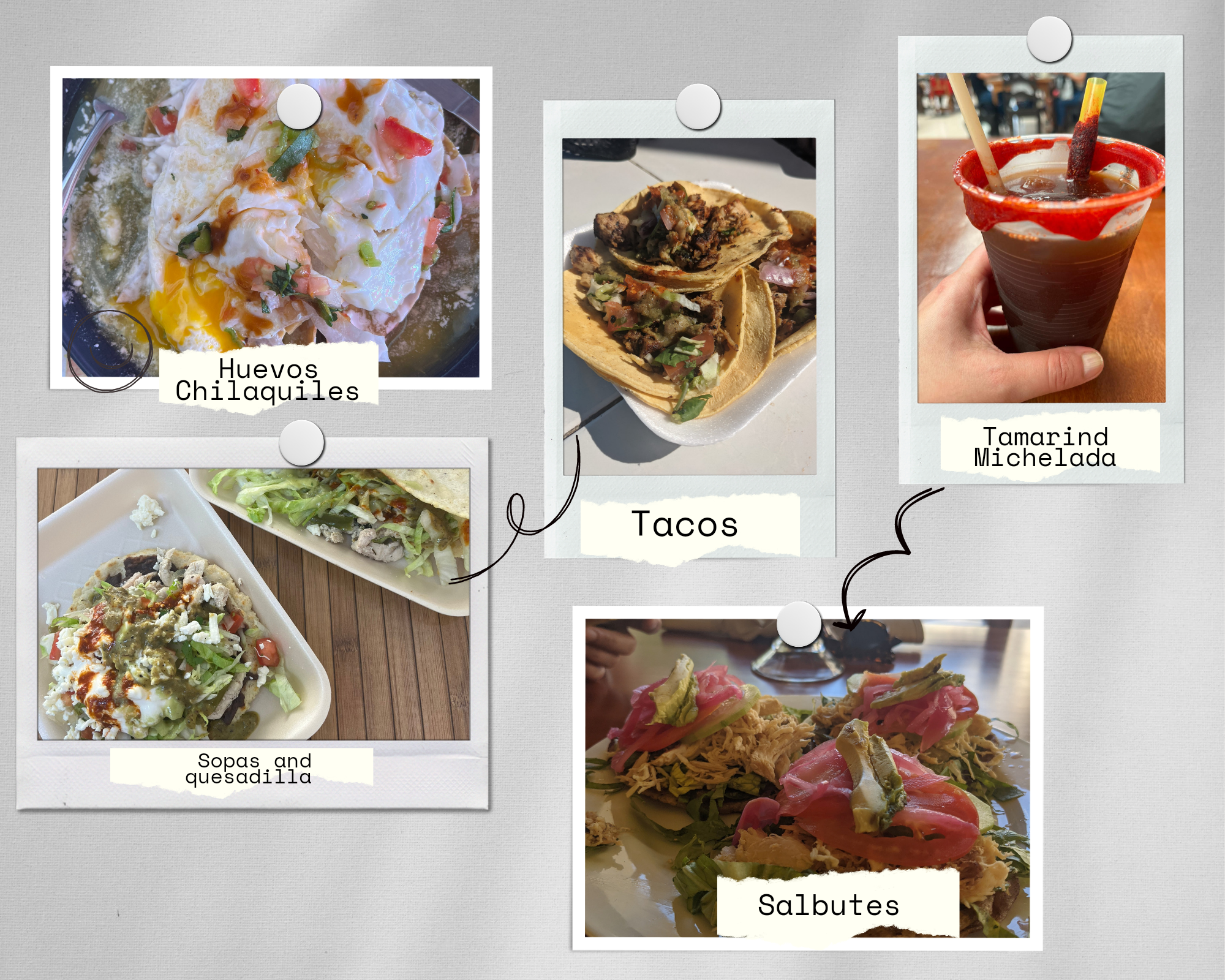
Although Spanish is the main language spoken in México, given the amount of tourists they get from America, a lot of the locals spoke English as well and it wasn't as difficult to survive. In places where it was difficult like the local buses, we made use of Google translate or had a few phrases handy.
Mexico’s Yucatan peninsula has many places to see and we started our journey from Cancun which is primarily a beach resort town, we spent only a night there and took the intercity bus ADO to our next destination, Valladolid. The buses were extremely comfortable and are built for long travel with cushioned reclining seats, air-conditioning, a few television screens, charging spots, and a toilet on board. After 5 hours of travel we reached Valladolid, a small town with village-like feels; the people are hospitable and welcoming, there are plenty of mom and pop shops around and it is considered one of the safest places in Mexico. There are plenty of sites to see in the Yucatan peninsula, the most popular being the the Mayan ruins (remember the Mayan calendar which everyone assumed predicted the world would end in 2012? They are the same people). One of the main reasons to stop in Valladolid was to visit the ruins of Ek Balam which is 40 minutes from the village. (The most well-known ruin of Chichen Itza was unfortunately closed due to protests during our travels). The unique thing about Ek Balam ruins is unlike others, you can actually climb the pyramids. We climbed a 106 steps of the Acropolis where lo and behold you can see the ruins surrounded by forestry and the land is flat as far as the eye can see which was amazing to witness. We took a shared taxi early morning to the ruins to enjoy the place before the hordes of crowds hit the place.
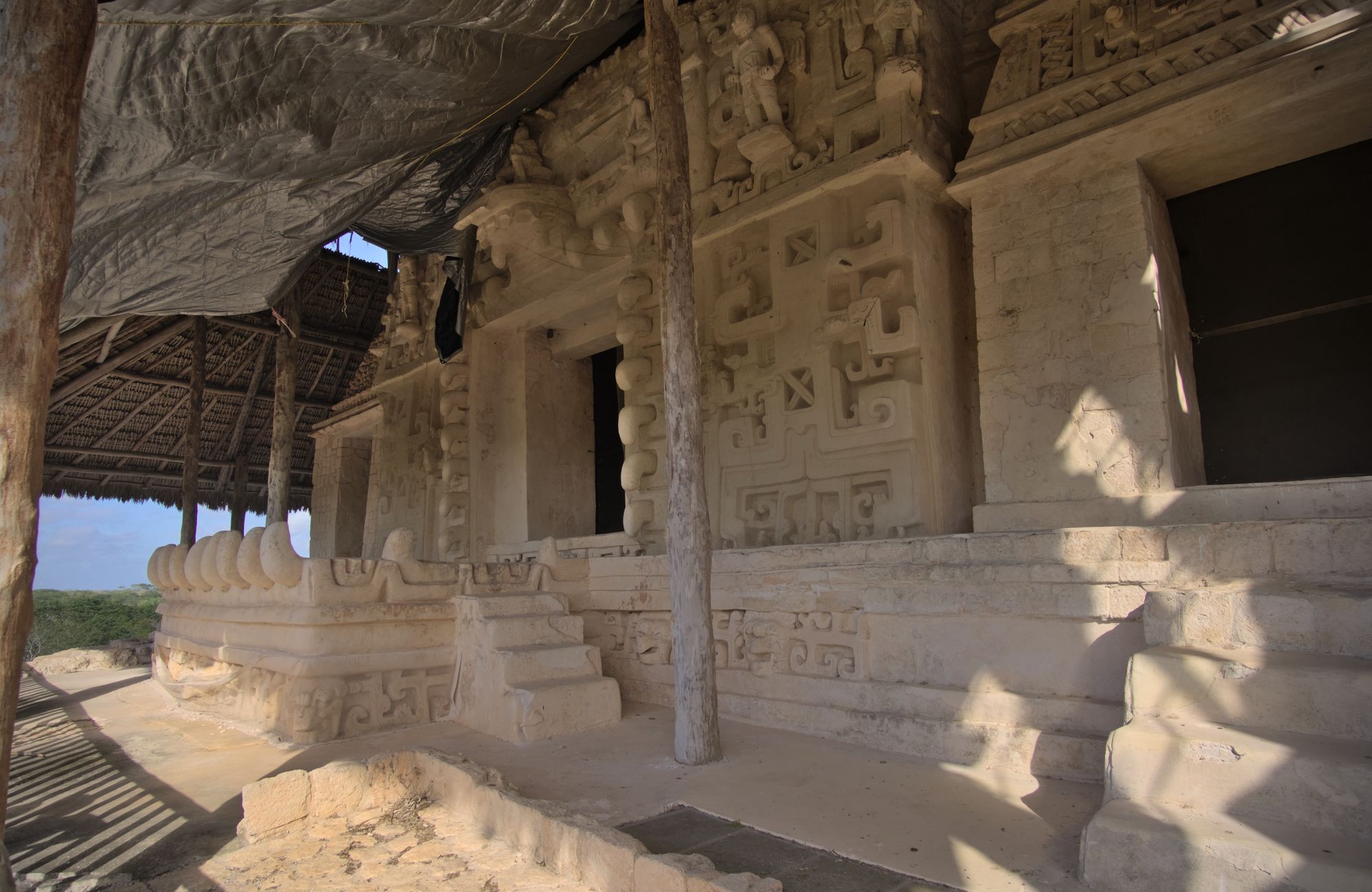
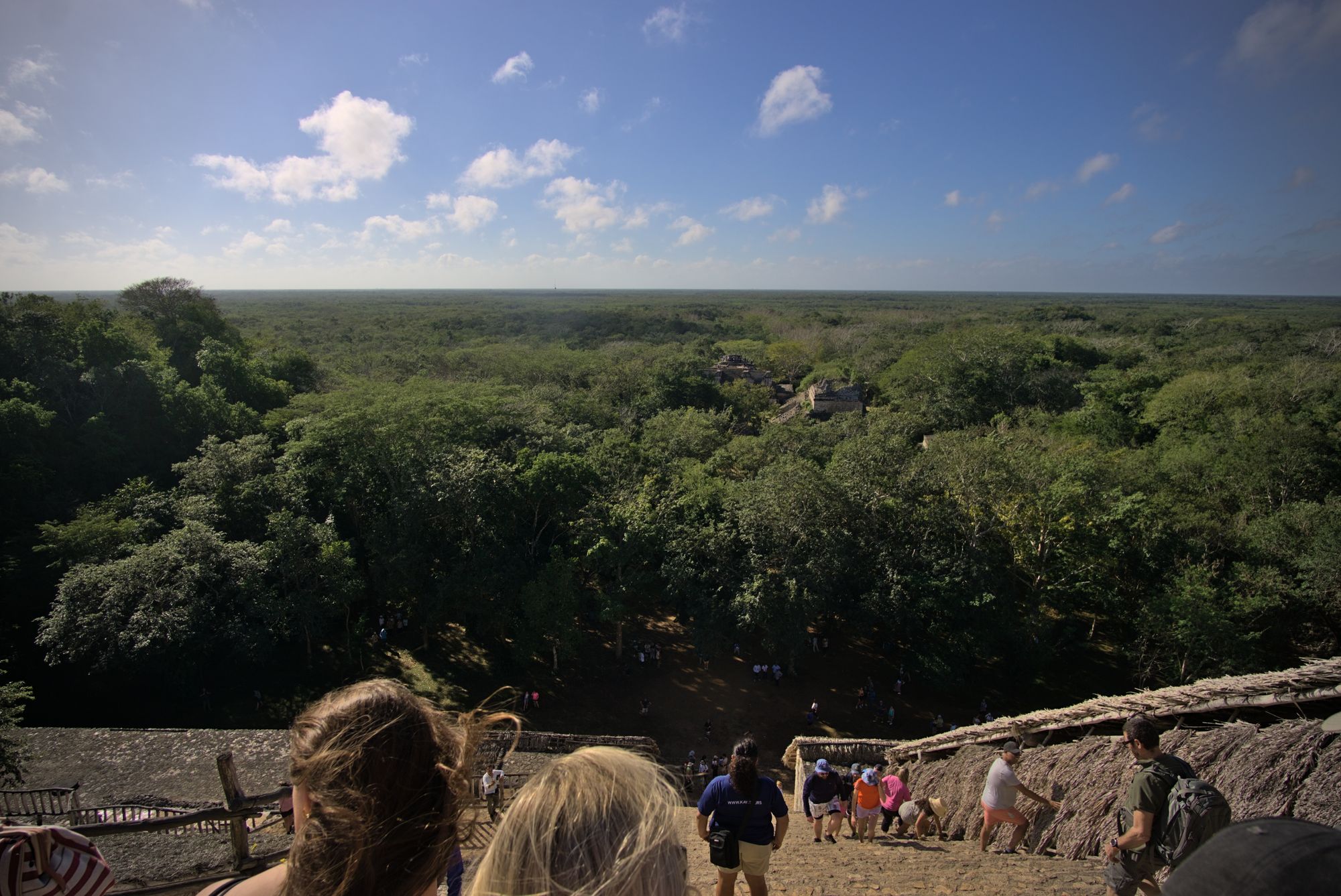
From Valladolid a two and a half hour ADO journey took us to the vibrant city of Merida. We were lucky to have our visit coincide with the inauguration of the Merida Fest, a celebration to commemorate the founding of the city with various artists paying their tributes through dance, visual arts and music. On our first day we were treated to a spectacular display of fireworks along with folk dance and music. Out of all the cities in the Yucatan, we spent the longest time in Merida.
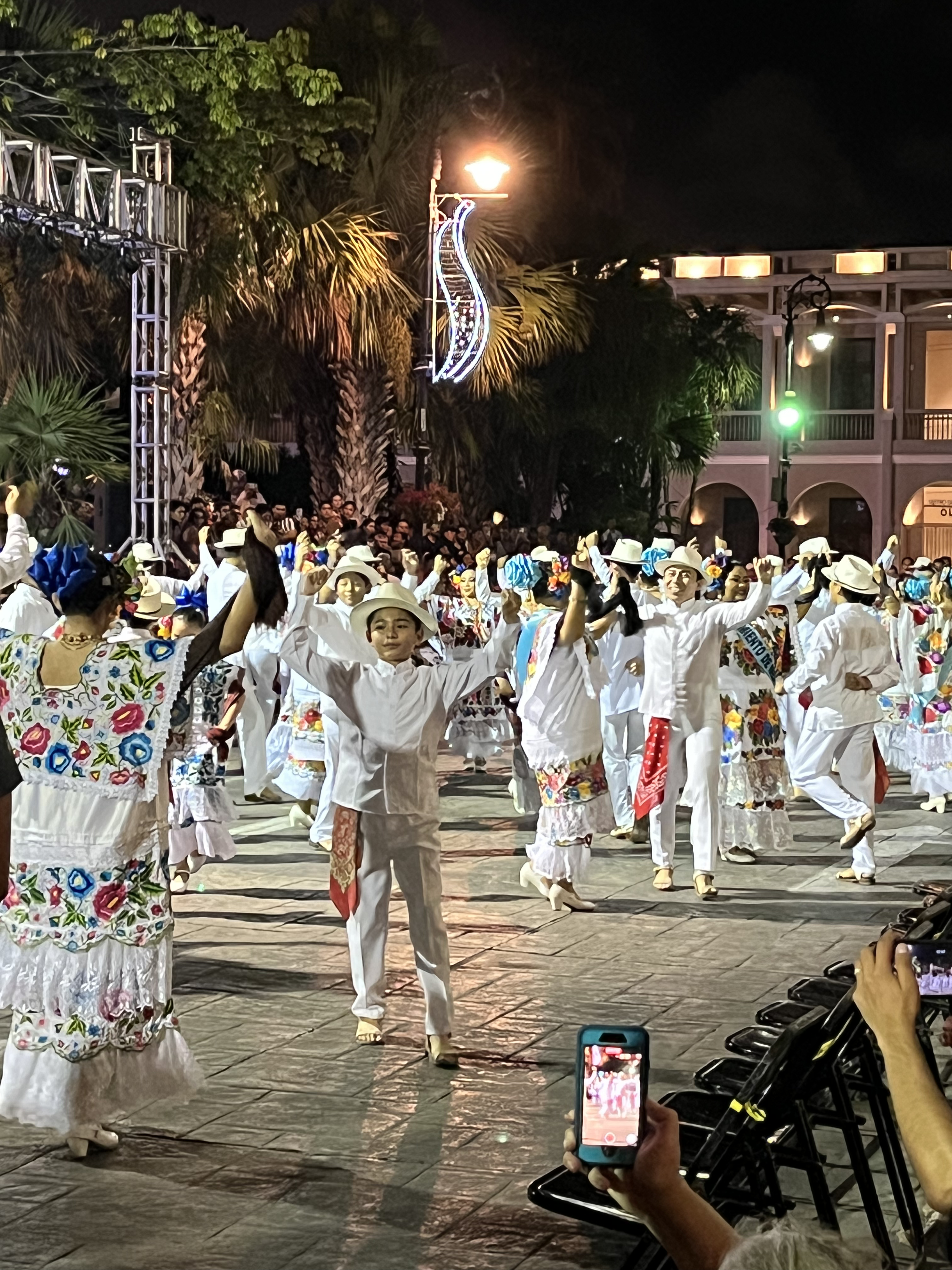
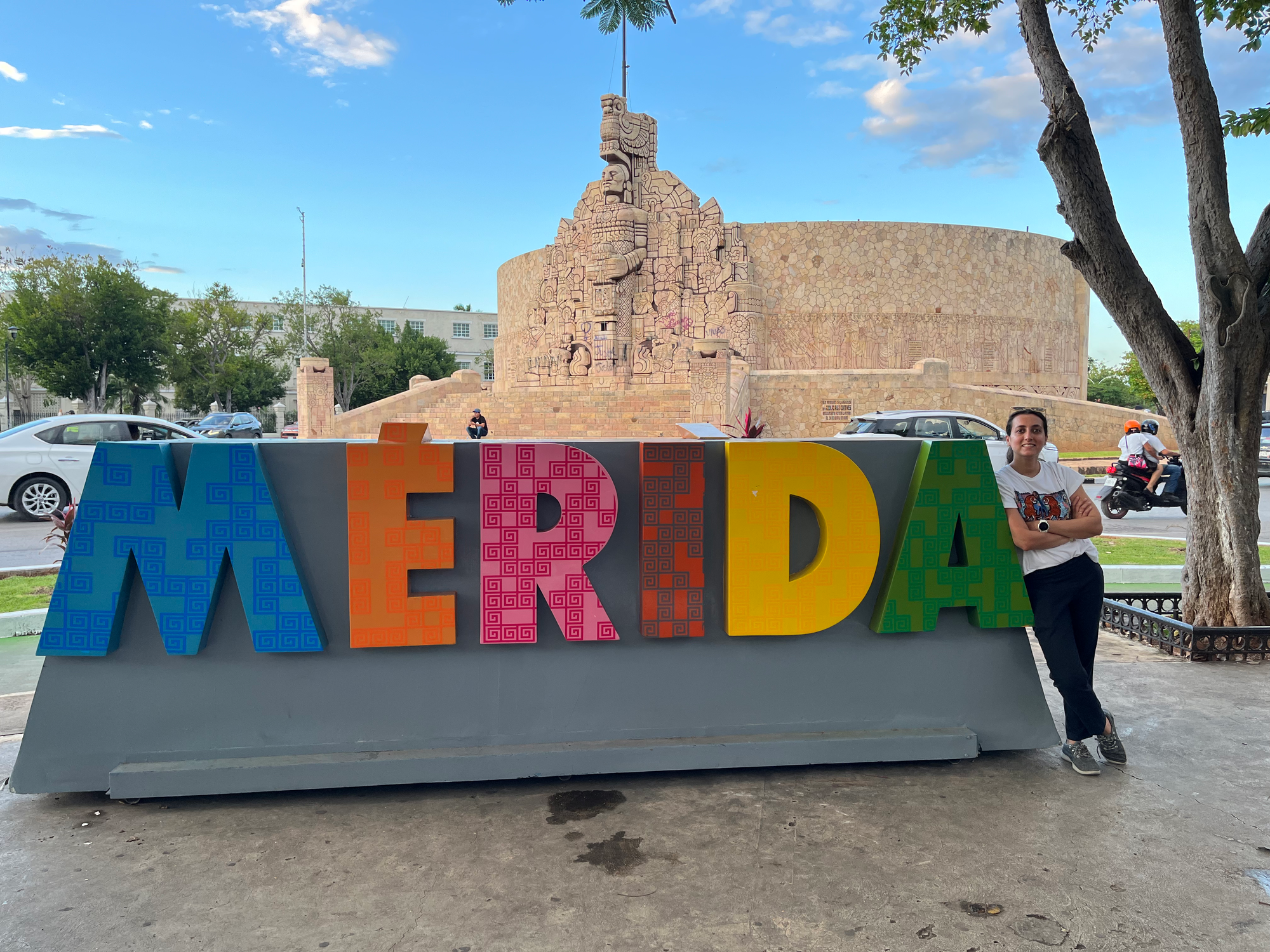
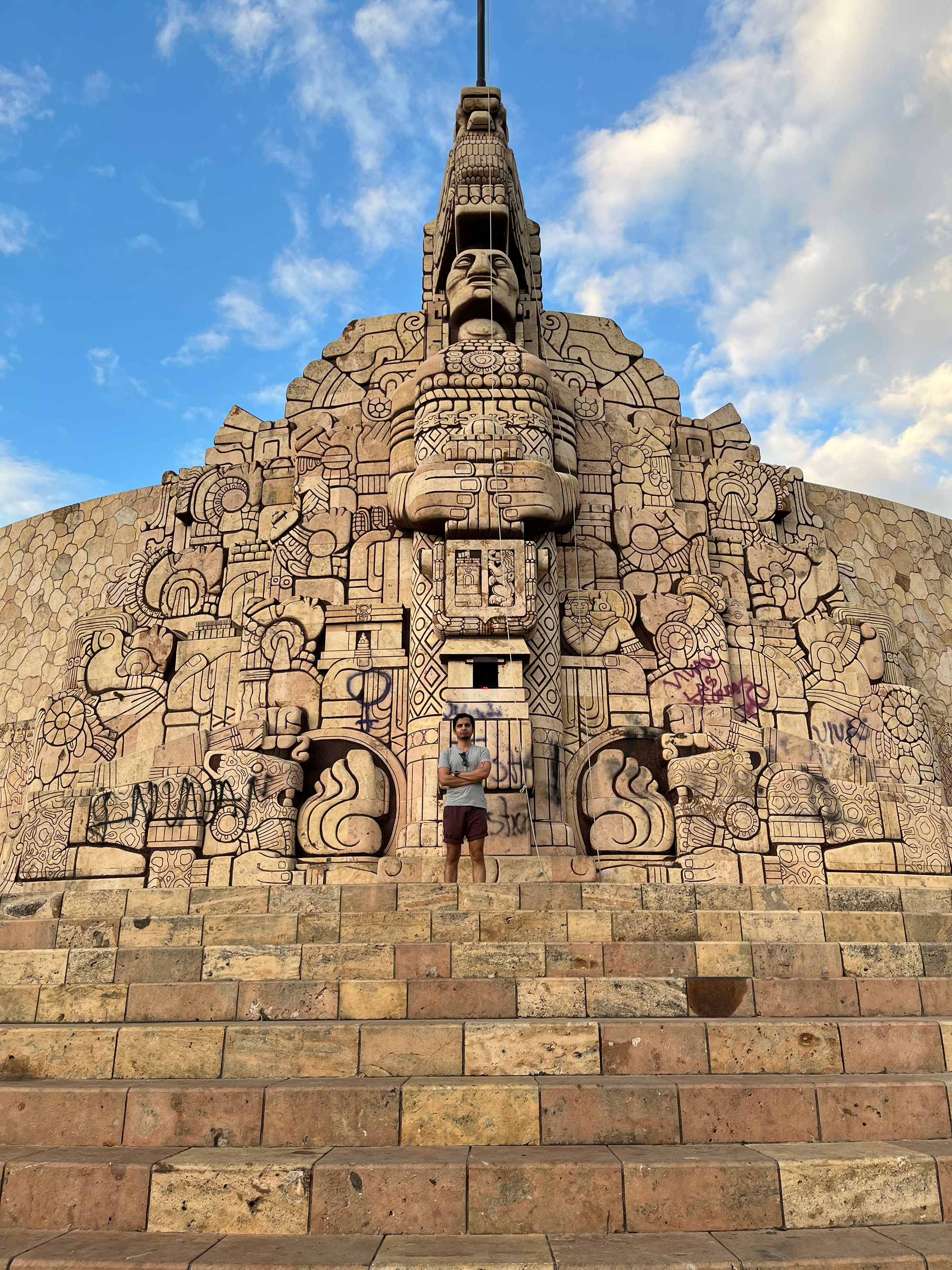
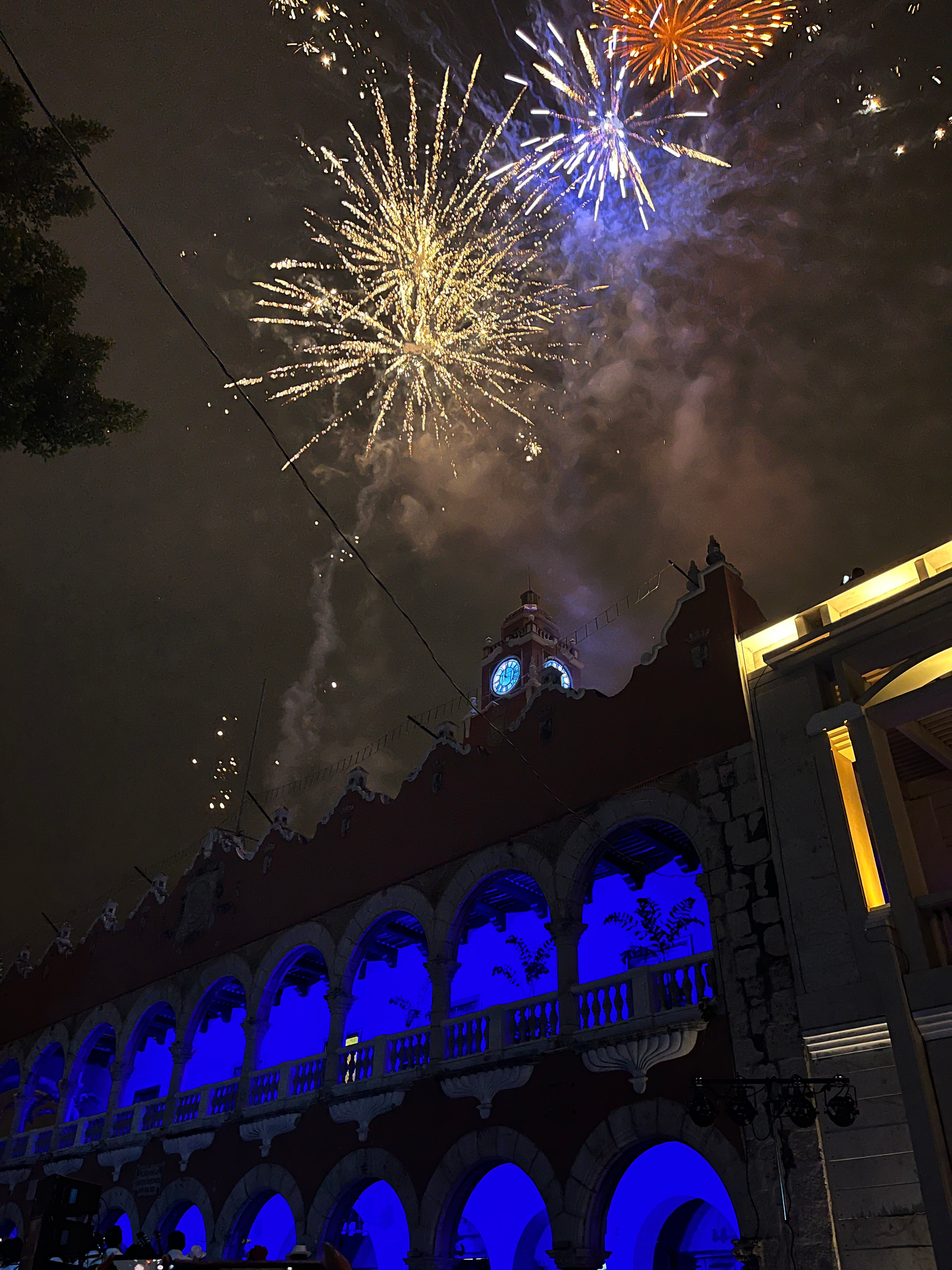
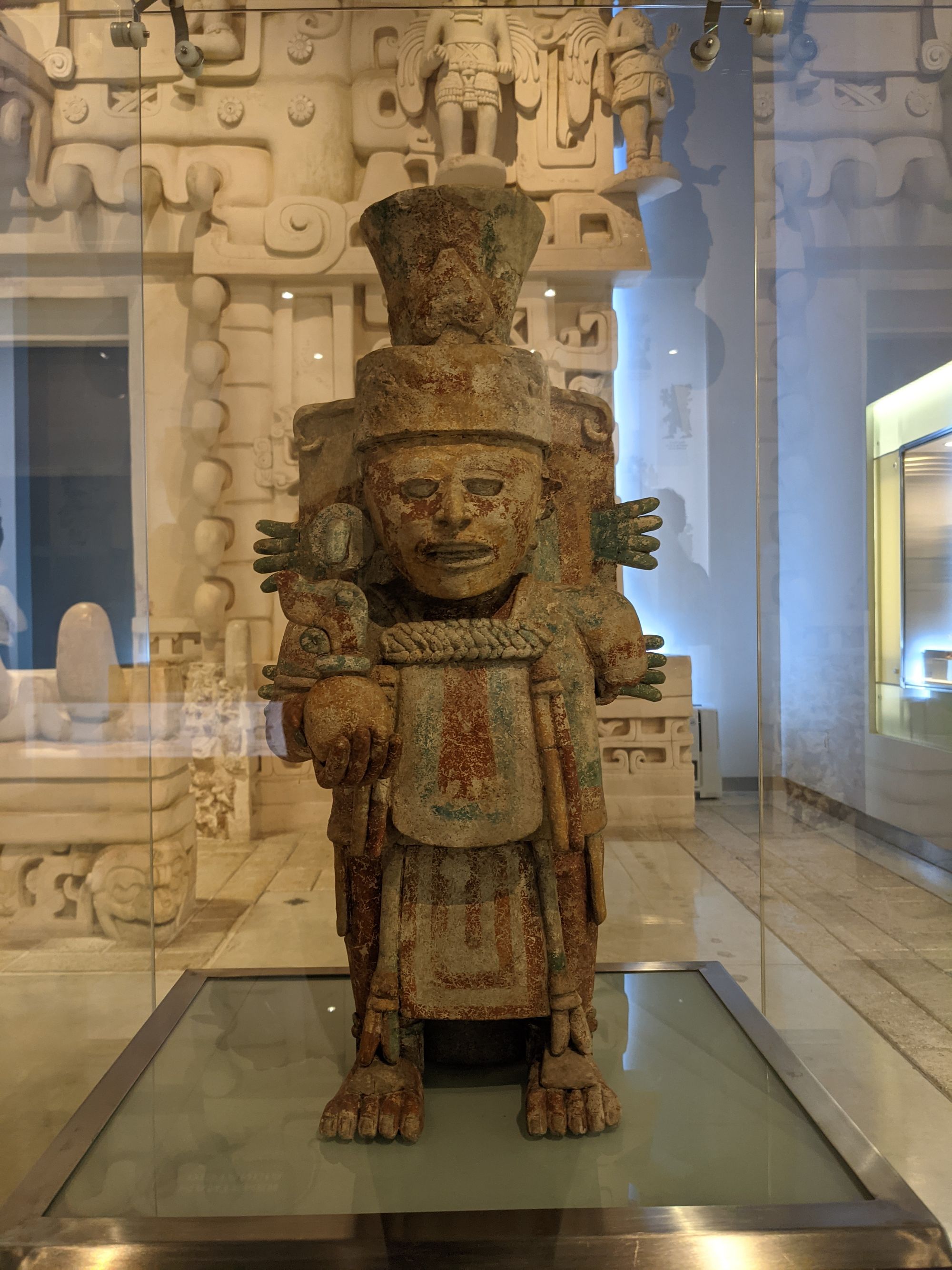
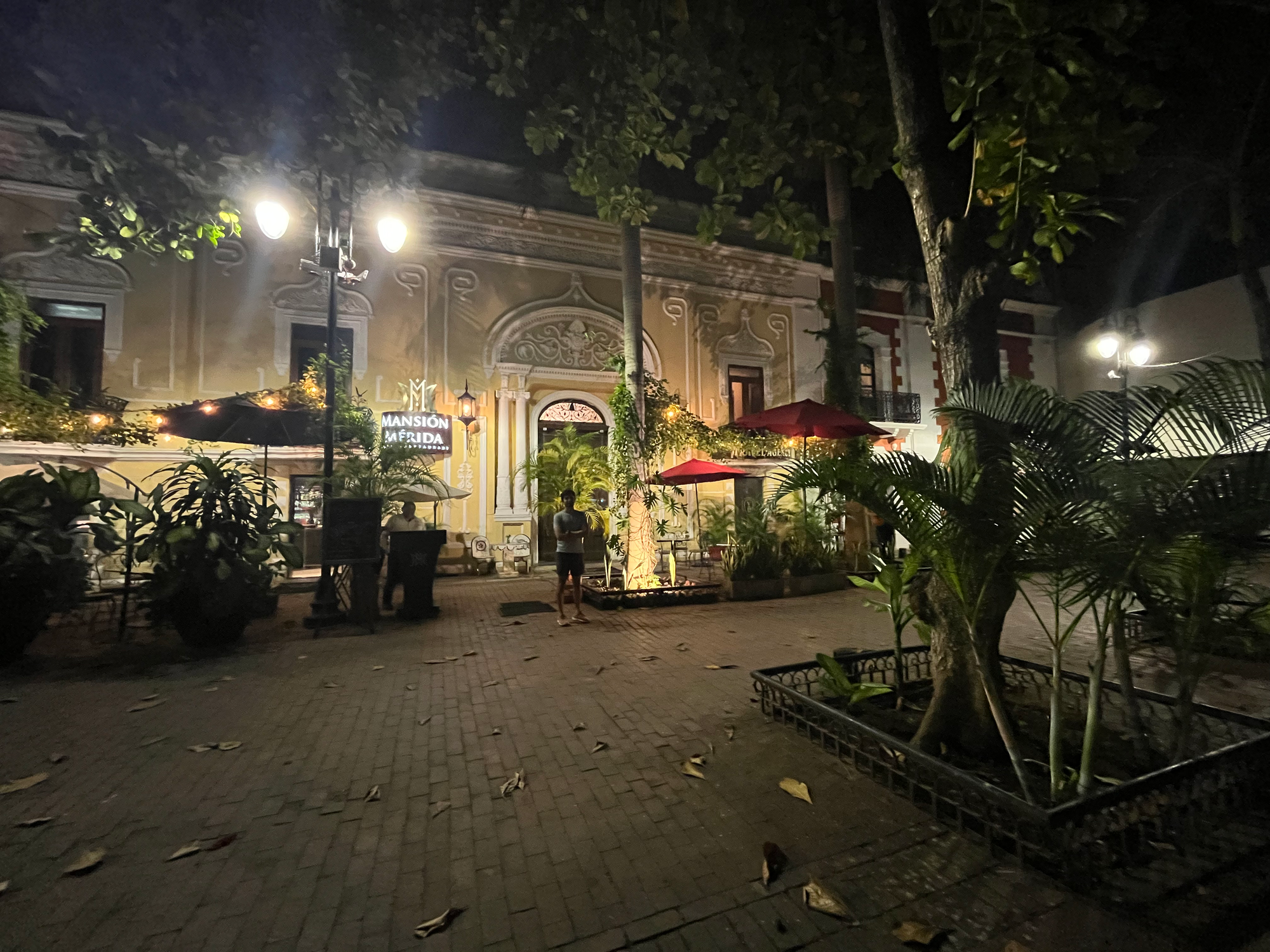
One of the most spectacular sites we visited from here were the cenotes. They are essentially large caves found in rock, which can be open air or closed, that are filled with cool, clear groundwater and rainwater over time and many are home to fish and plant life. They were formed when the dinosaur killing asteroid hit the earth near Northern Yucatan. The Yucatan peninsula has thousands of these caves and we were lucky enough to visit a few of them in Homun near Merida.
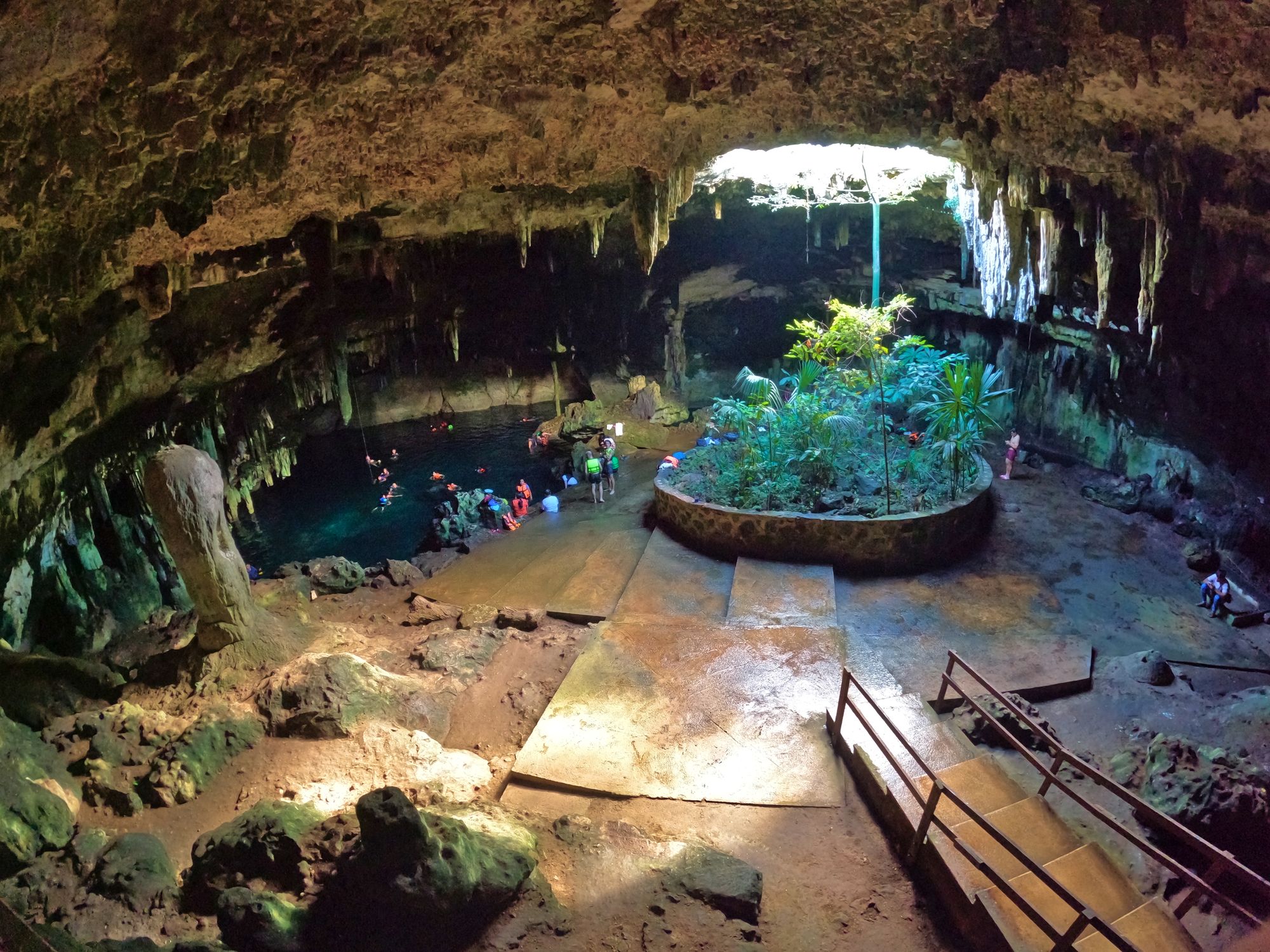
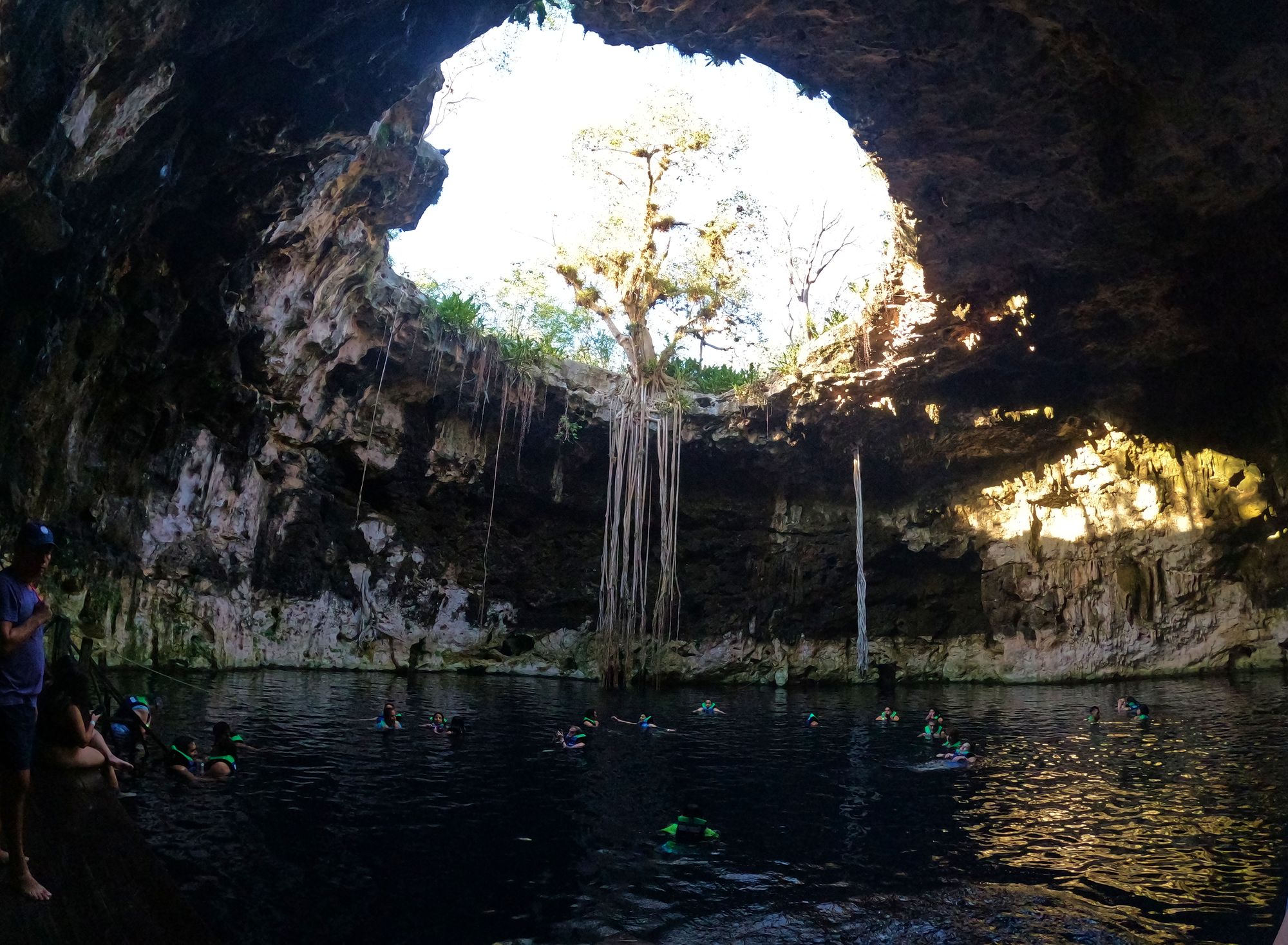
It is a two and a half hour ADO journey from Merida to the UNESCO world heritage city of Campeche, where we stayed for a couple of days to make our way to the Edzna ruins. The walled city of Campeche has old colonial architecture brimming with colour and texture, it’s historic centre is laden with cobbled streets, lined with hip coffee shops and restaurants, the mix between the old and the new makes for a picturesque walk.
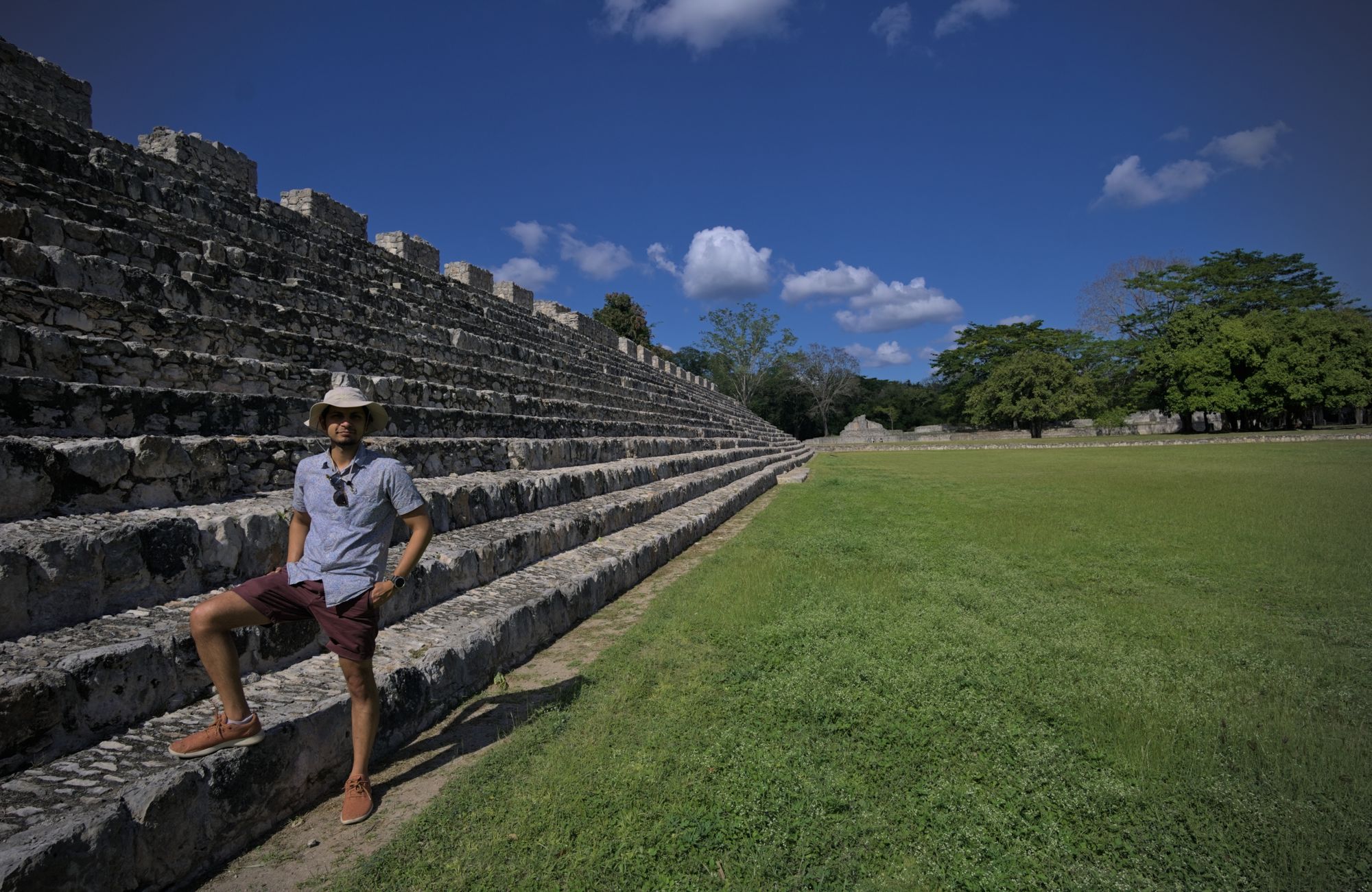
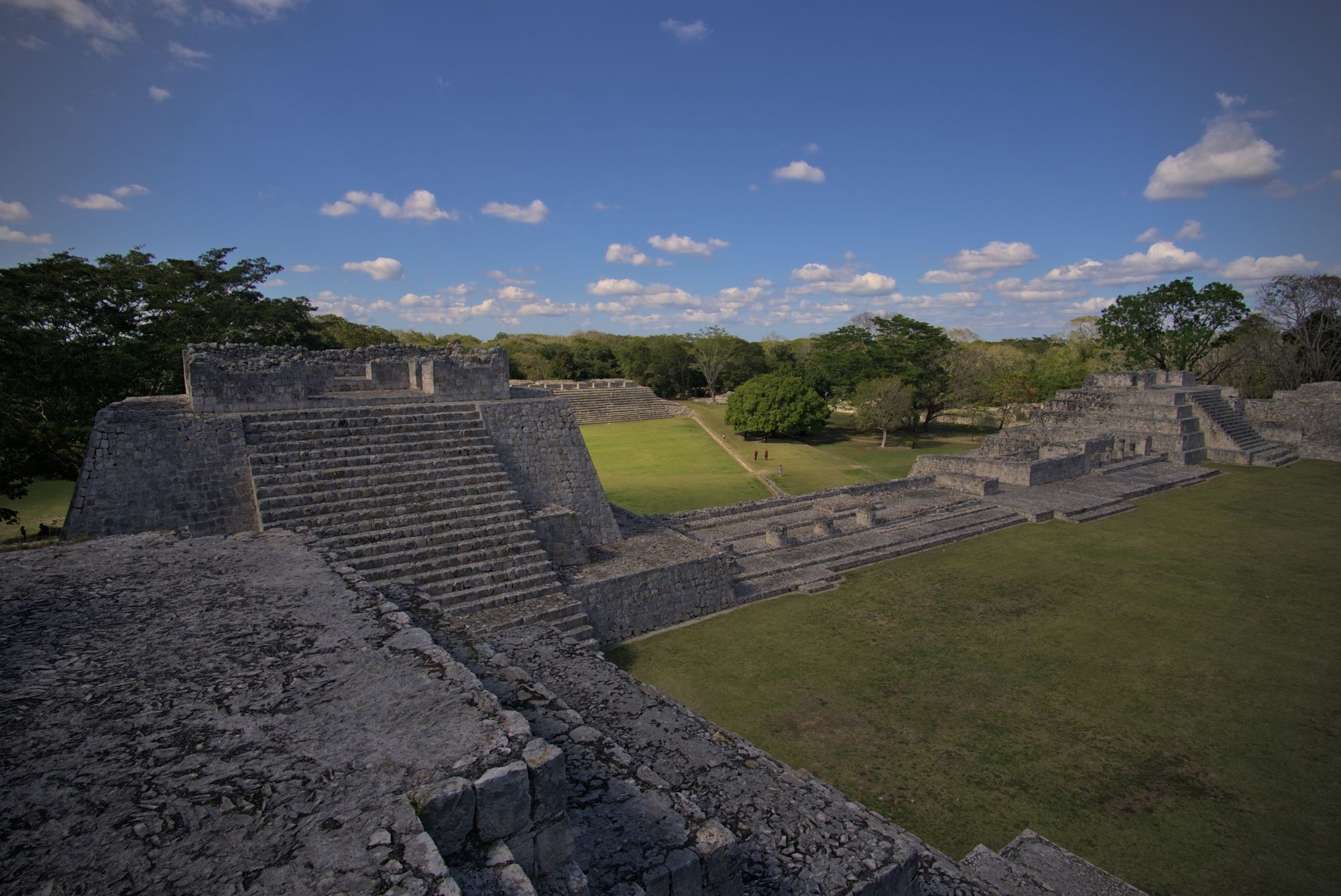
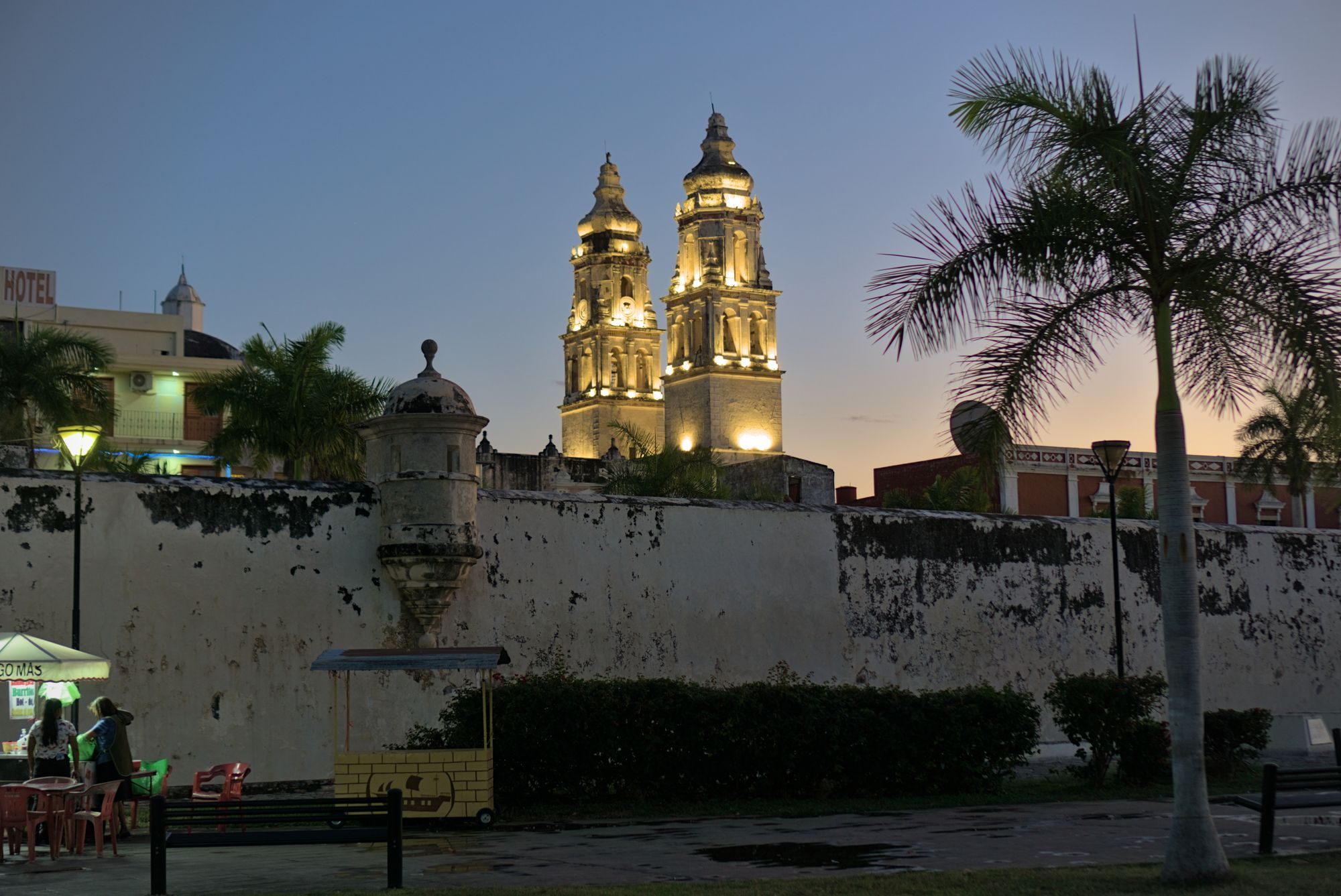
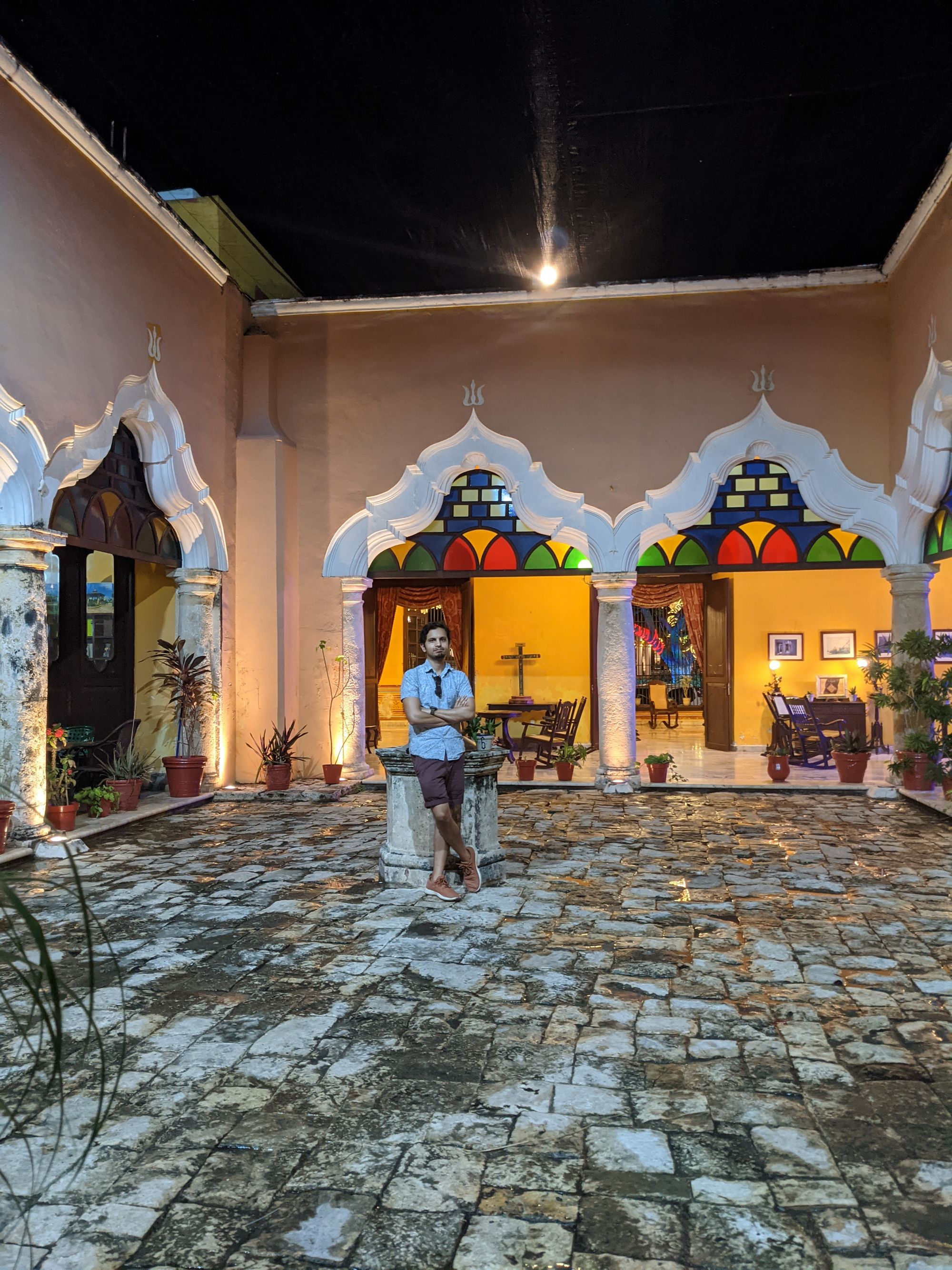
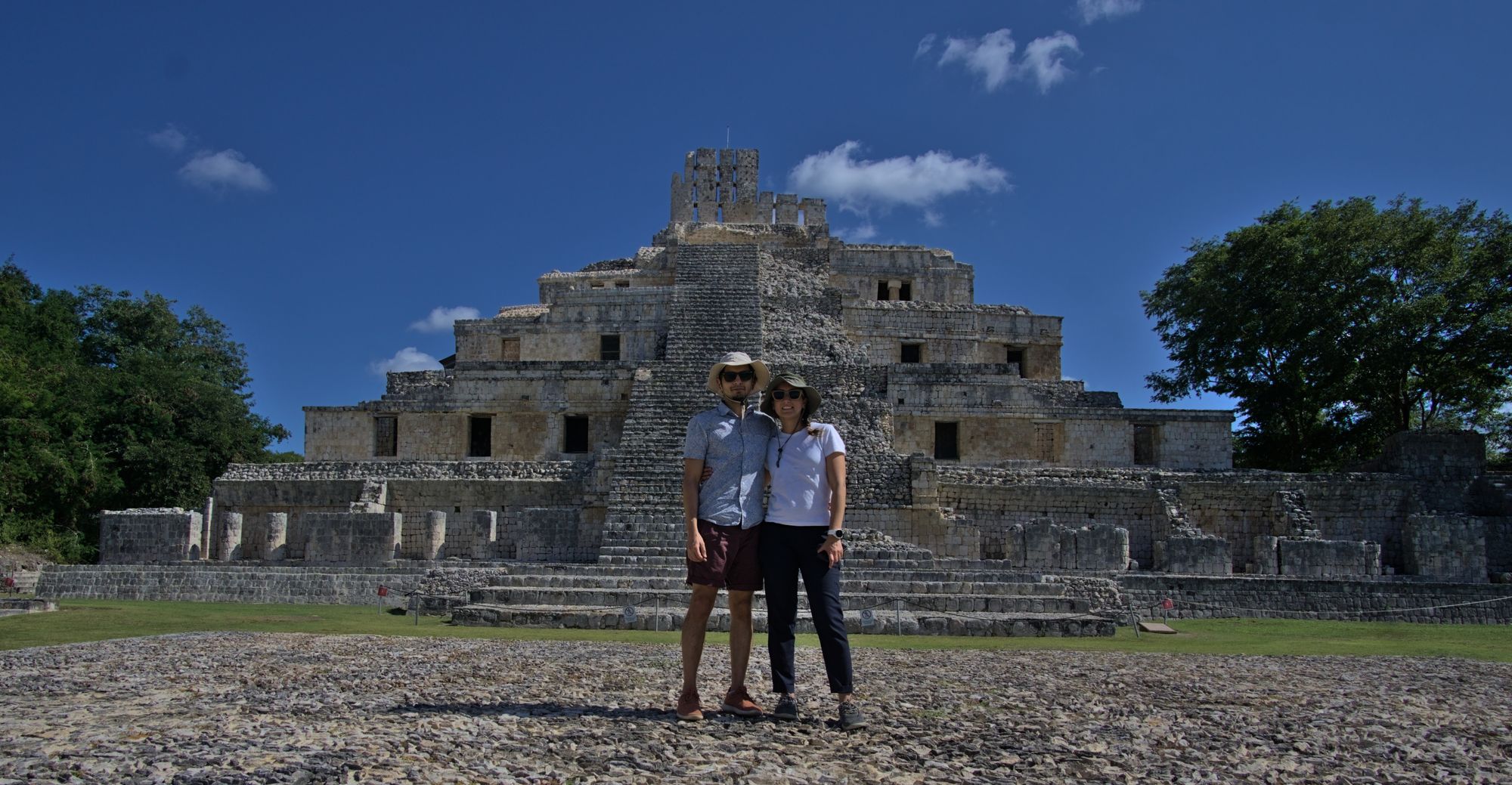
Interestingly, a couple of locals told Munis that he could pass off as a Mexican boy. Given the colour of our skin we had no trouble blending in. We travelled like locals, shopped at local markets, ate from local vendors, and loved every minute of it. We had only been on the road for about 9 days but by this point our bodies had started to feel the effects of lack of sleep and constant travel, given the amount of things to see, do and plan. I’ll be honest, the thought of slowing down was giving me a serious case of FOMO (fear of missing out). I wanted to experience all of the things I had read about, but realised this pace will soon leave us exhausted. A bit of reflection on our travel goals, how we had initially set out to travel slowly in order to have a more immersive and meaningful experience of a place, gave me some much needed perspective that we will not be able to tick off of everything on our to-do lists and that that was okay.
Our last destination in Mexico was an island off of the Caribbean coast, called Isla Mujeres. With crystal clear waters and white sandy beaches it was like a dream and exactly what we needed. It is amazing what a good night’s rest can do! We spent the day lazing around the beach, watched a beautiful sunset together and headed to Cancun to catch our next flight, ending a wonderful trip in a most wonderful way.
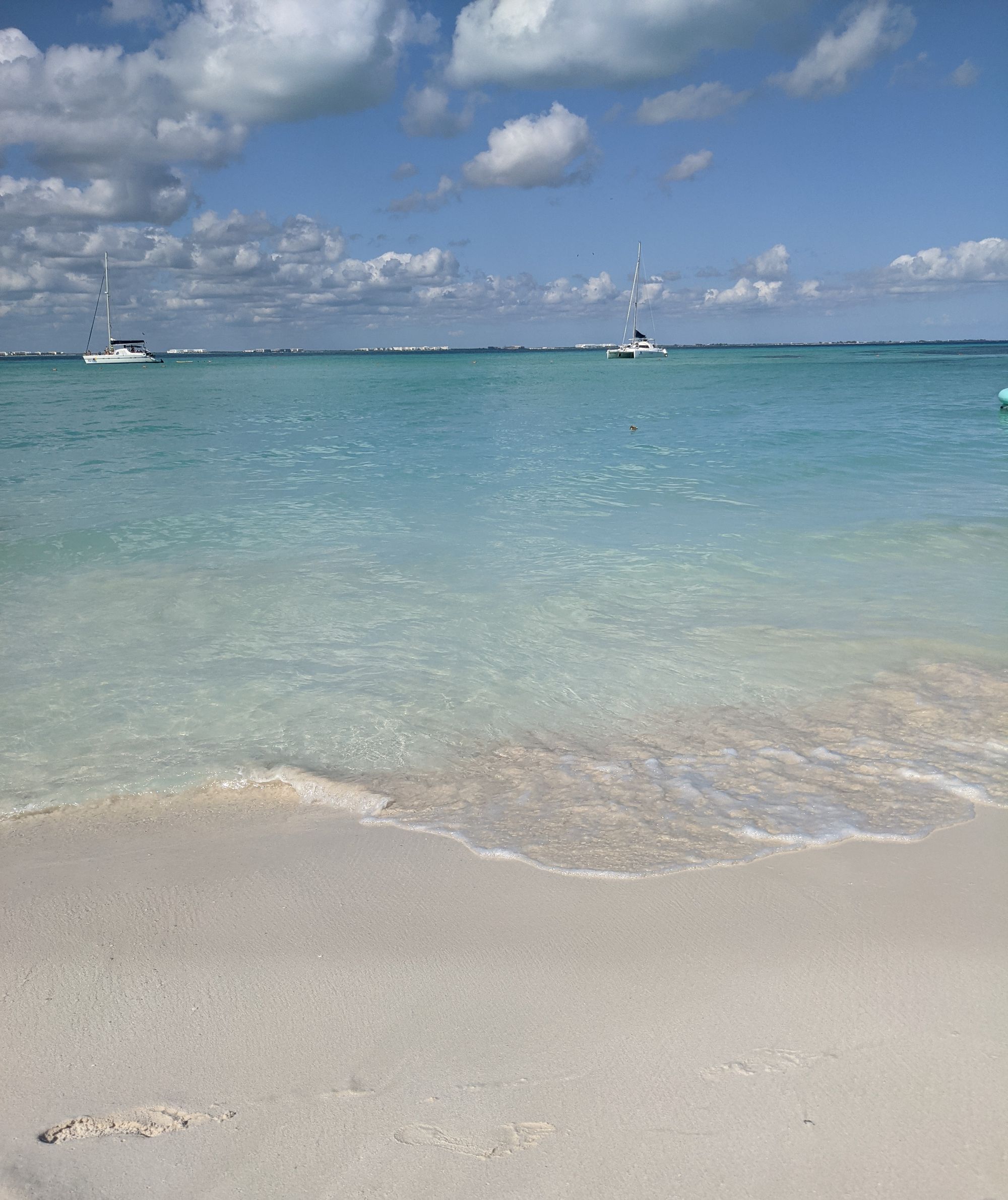
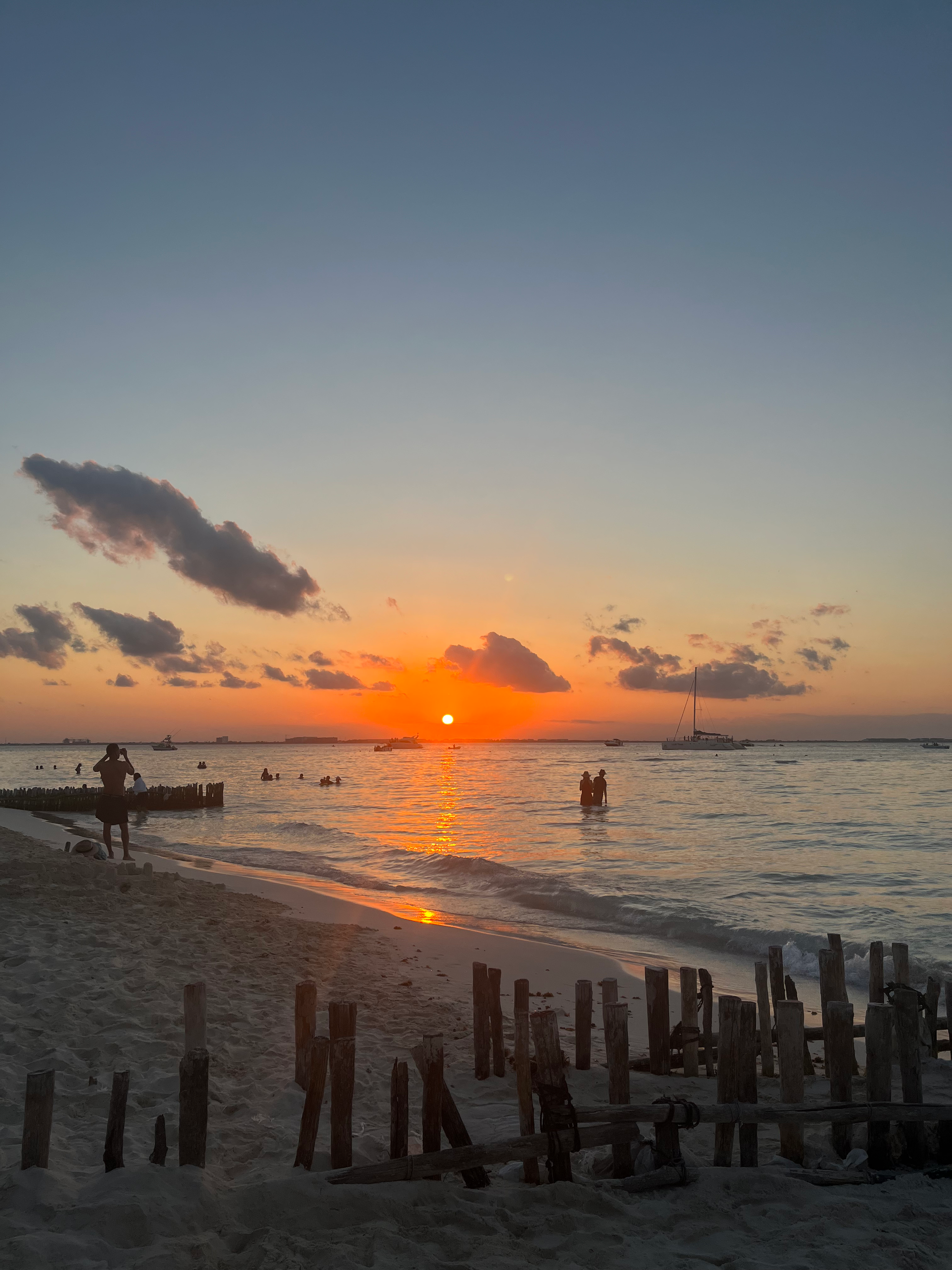
At the airport waiting to board a flight to Medellin, Columbia, Munis and I shared mutual feelings of sadness leaving behind a place as wonderful as Mexico. I was especially sceptical of heading to Columbia, once again letting my judgement being dictated by a westernised lens - the blogs and forums I had read talked about kidnappings, muggings, and robberies, but as our plane flew over the mountains of Antioquia in Medellin a sudden feeling of calmness overtook me and in that moment I knew something spectacular was awaiting us.
Medellin, the city of eternal spring, boasts of botanical gardens, art museums, regional parks, and offers spectacular views of the Aburra valley. Arriving in this city I did not know I would grow to love it as much as I do now.
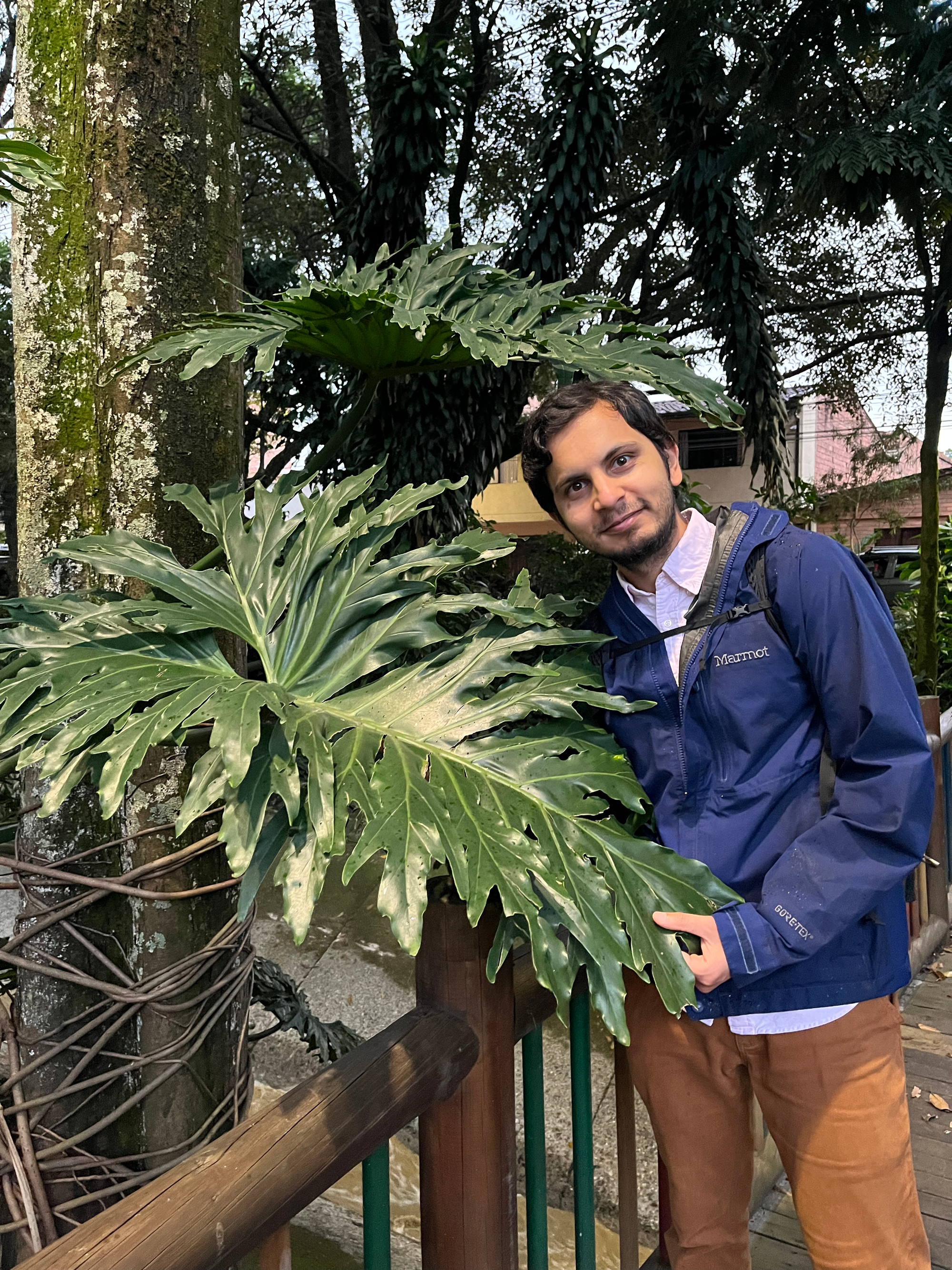
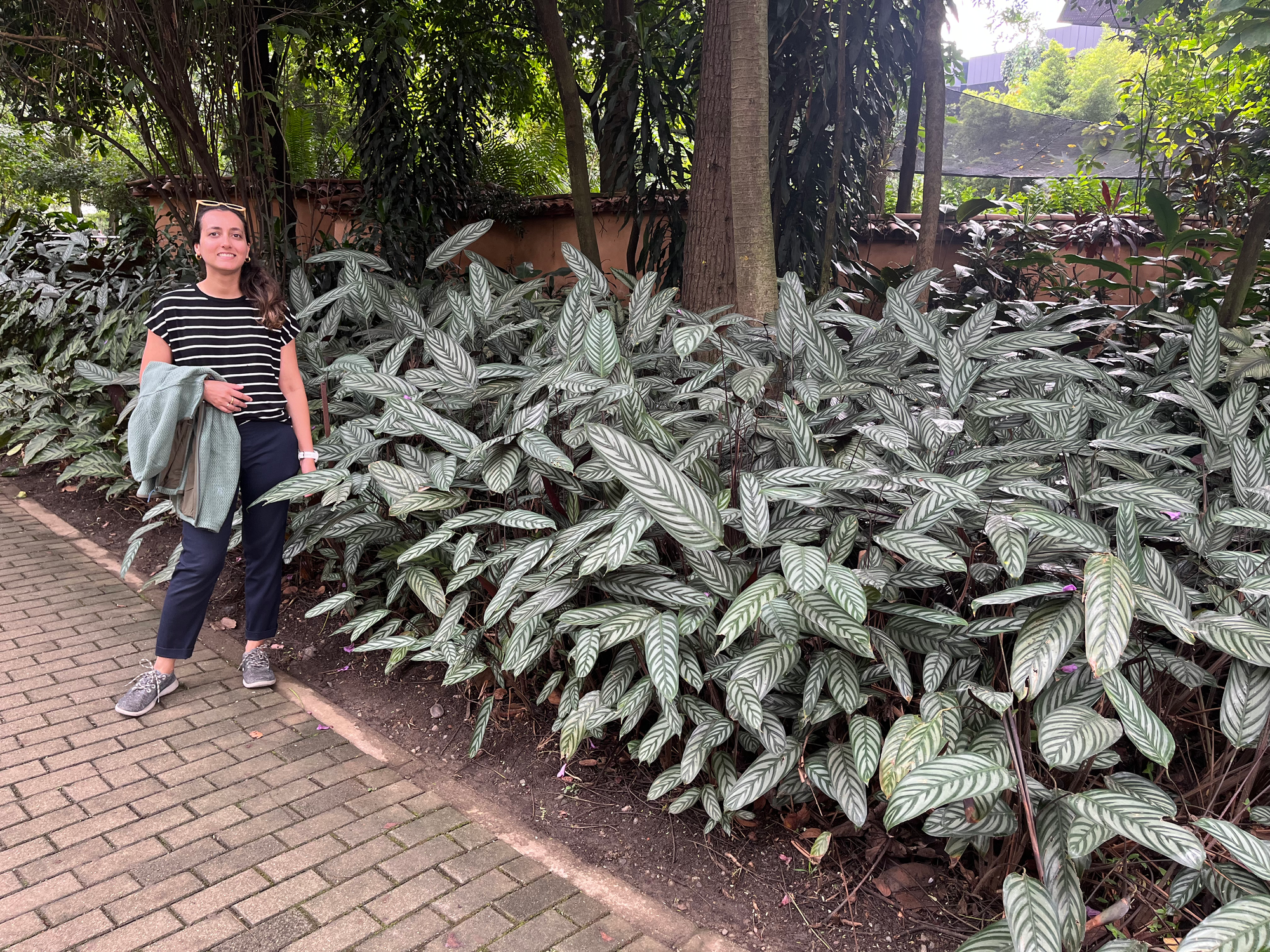
Upon landing in Medellin, we agreed we needed Spanish lessons as not many people speak English in this region compared to Mexico. Along with Spanish classes we also wanted to try something different and signed up for salsa lessons! Though salsa is often synonymous with the city of Cali in Columbia there are plenty of dance schools peppered throughout Medellin, we found a good school close to the Laureles neighbourhood we were residing in and decided to have a go at it.
For a week or so we had a good routine going on; waking up in the morning, cooking breakfast, heading to our salsa lesson at the Euphoria School of Dance, stopping for lunch and coffee afterwards and then heading to our Spanish class at Mister Fox Spanish school. The routine felt good and not rushing from one destination to the next brought some much needed structure and stability to our days. We did 10 hours of conversational Spanish which has helped us immensely. Salsa was a completely different ballgame. We took 5 hours of private lessons. Whilst we had used Duolingo to practice our Spanish before beginning our journey, we had cero (zero for Spanish) knowledge of salsa as a dance form. I have only ever danced at my cousins’ weddings but it was an especially big step for Munis as he has never danced before (can you imagine, it was his idea to try this out! Kudos to him for stepping out of his comfort zone). How would you describe salsa to a person who has never seen it before? Salsa is like the ebb and flow of water, like gentle waves, its smooth and fluid like fingers on a piano, it evokes happiness like the first sip of coffee in the morning. We were both really nervous going into the lessons but our teacher, who was extremely professional, kind and patient, made the learning fun and exciting. It was one of those experiences that will stay with us for a long, long time.
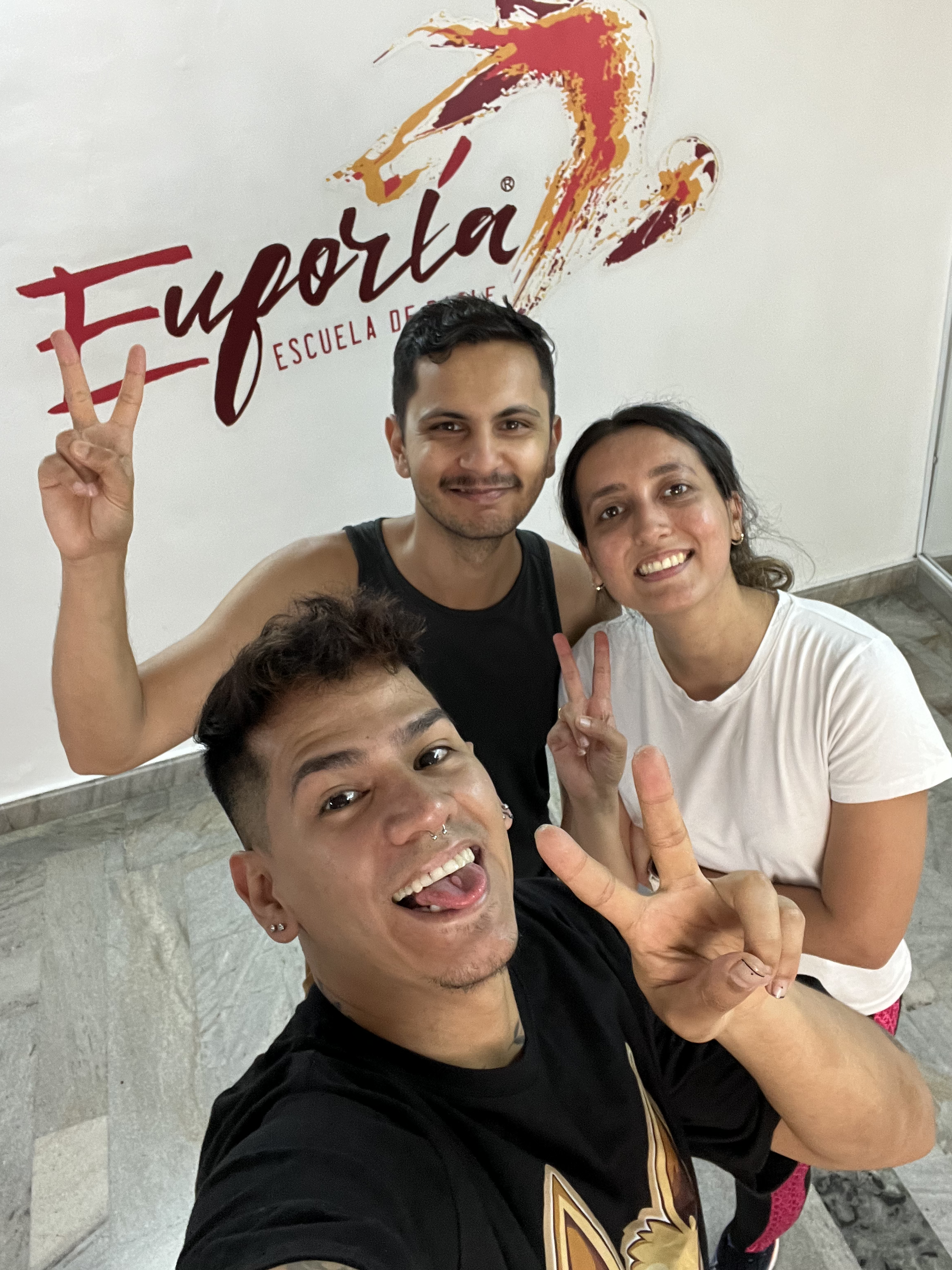
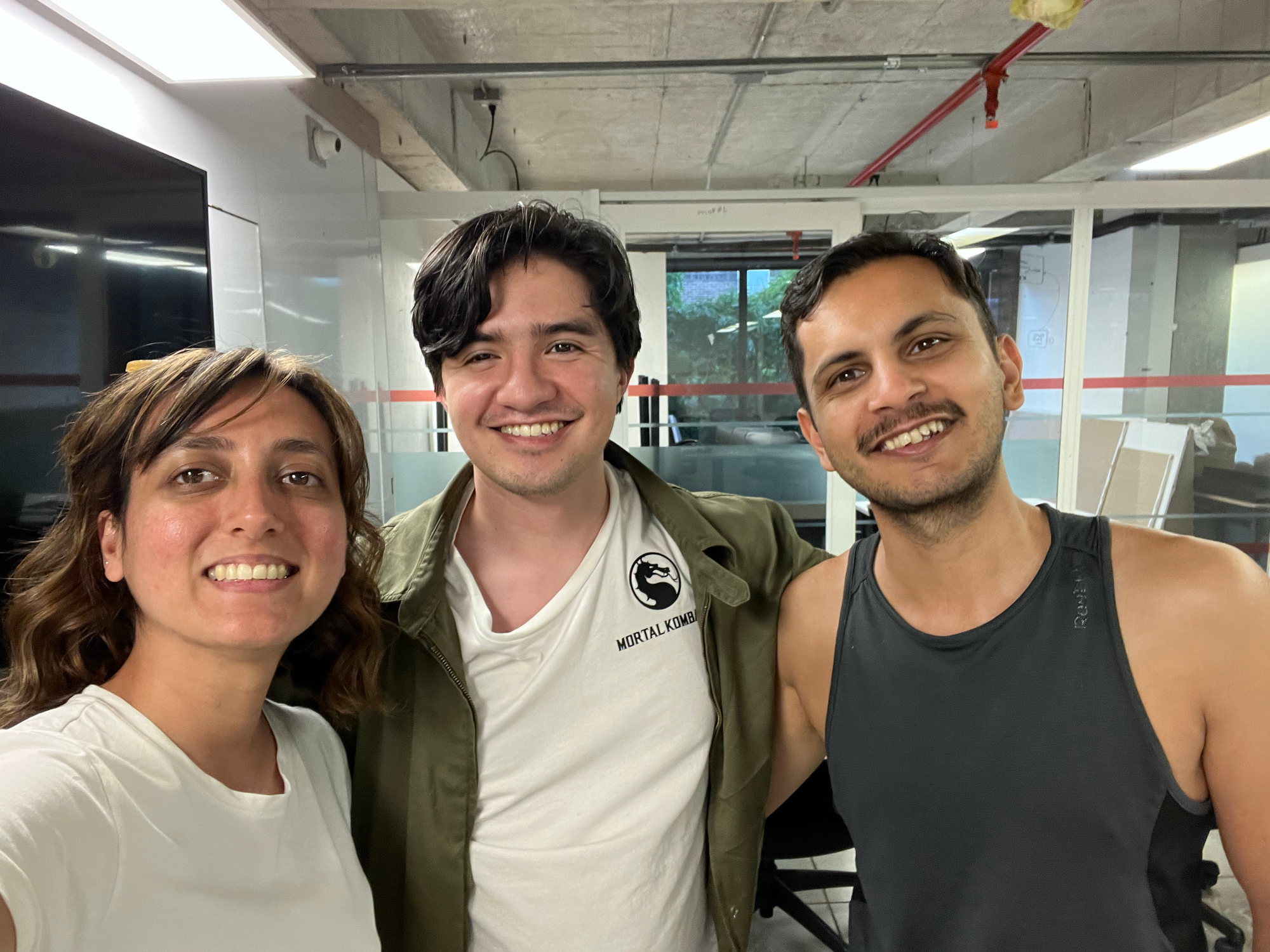
After our lessons concluded we took a day trip to El penol and Guatape. El Penol is claimed as the third largest monolithic rock in the world, you have to climb 700 steps to get to the top for a picturesque view and so we did. We took the 8am bus to Guatape, which was 2 hours from Medellin, stopping at El Penol to climb the rock, and then took a short bus to the colourful town of Guatape to spend the rest of the day strolling around.

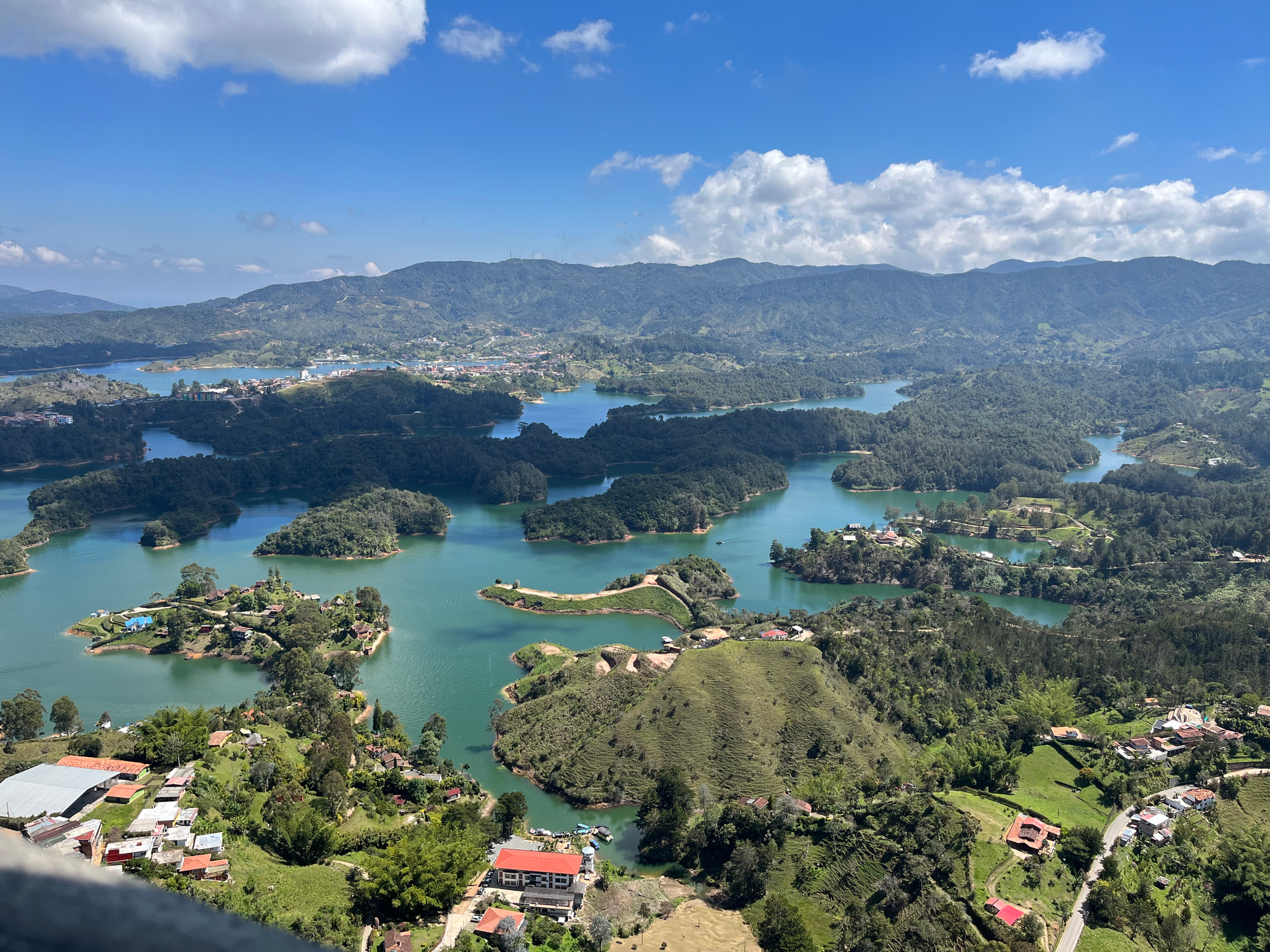

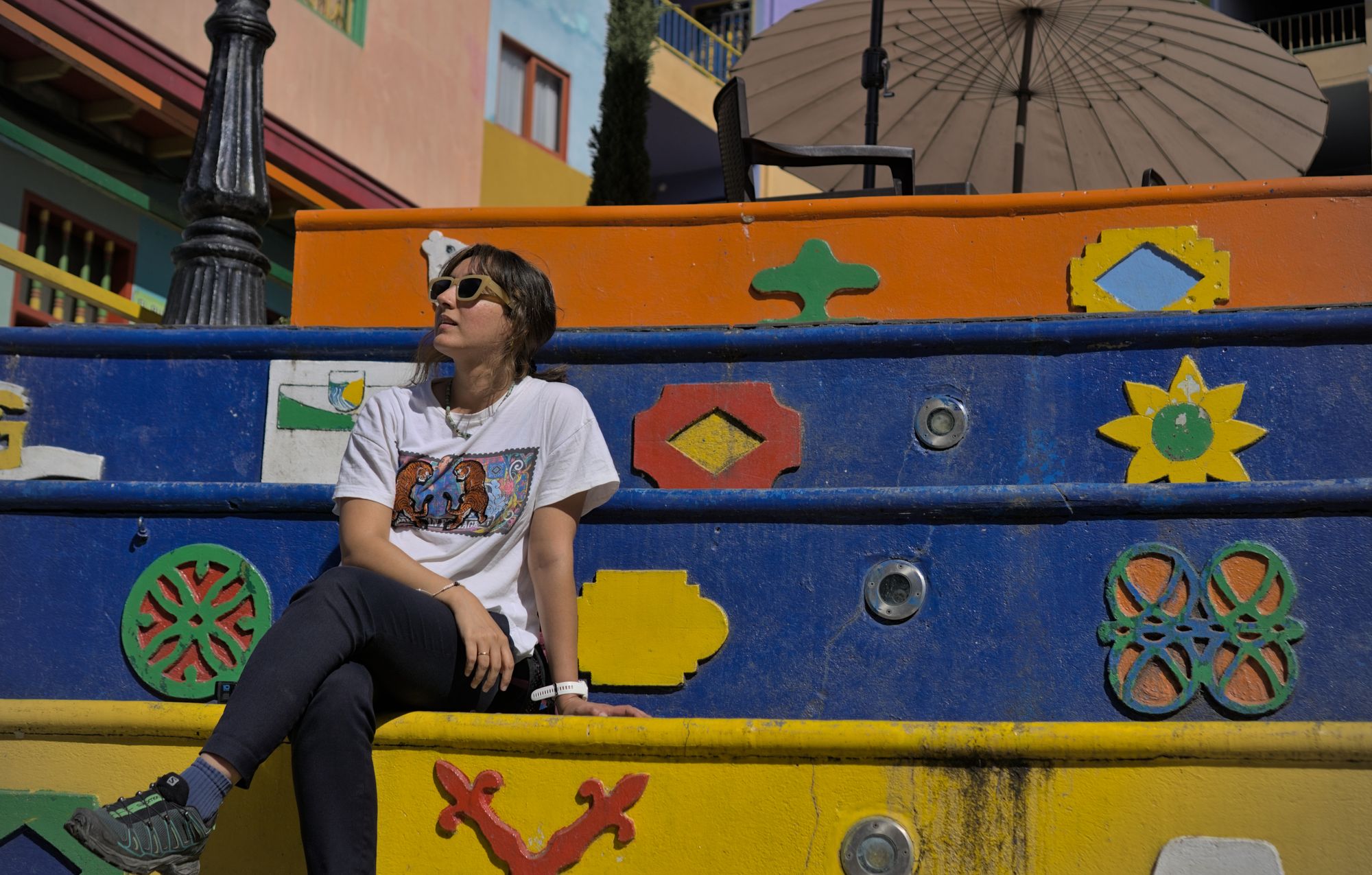
One of the more interesting sites we visited in Medellin, Columbia was a neighbourhood called Communa 13. Once considered one of the most dangerous neighbourhoods in the city it was home to violent drug trafficking organisations but things began to improve in the decade that followed 2002 given raids and arrests. Since then the government has installed escalators that are 384m long to connect the isolated neighbourhood to the city below, this and the local community’s collective efforts have given rise to tourism in the area. The commune is now a bright and colourful with every wall adorned with graffiti that narrates a story of the past as well as pay tribute to local heroes.
Another spectacular site was Parque Arvi, an ecological nature preserve, for which we had to get a 30 minute cable car that takes you atop the tree canopy on the hills of Aburra valley. The park covers 16000 hectares of natural landscape that is truly magical. Here we completed a short hike and enjoyed local food before making our way down again.
Given our love of beaches we planned a short trip to San Andres, a small Columbian island off the coast of the Caribbean. It is a little less developed than Medellin and has a sleepy, relaxed vibe. The food is a mix of Caribbean and Columbian, just like their culture, but more flavoursome given the Caribbean influence (we tried some absolute bangers here). For the majority of people there, their mother tongue was also English.

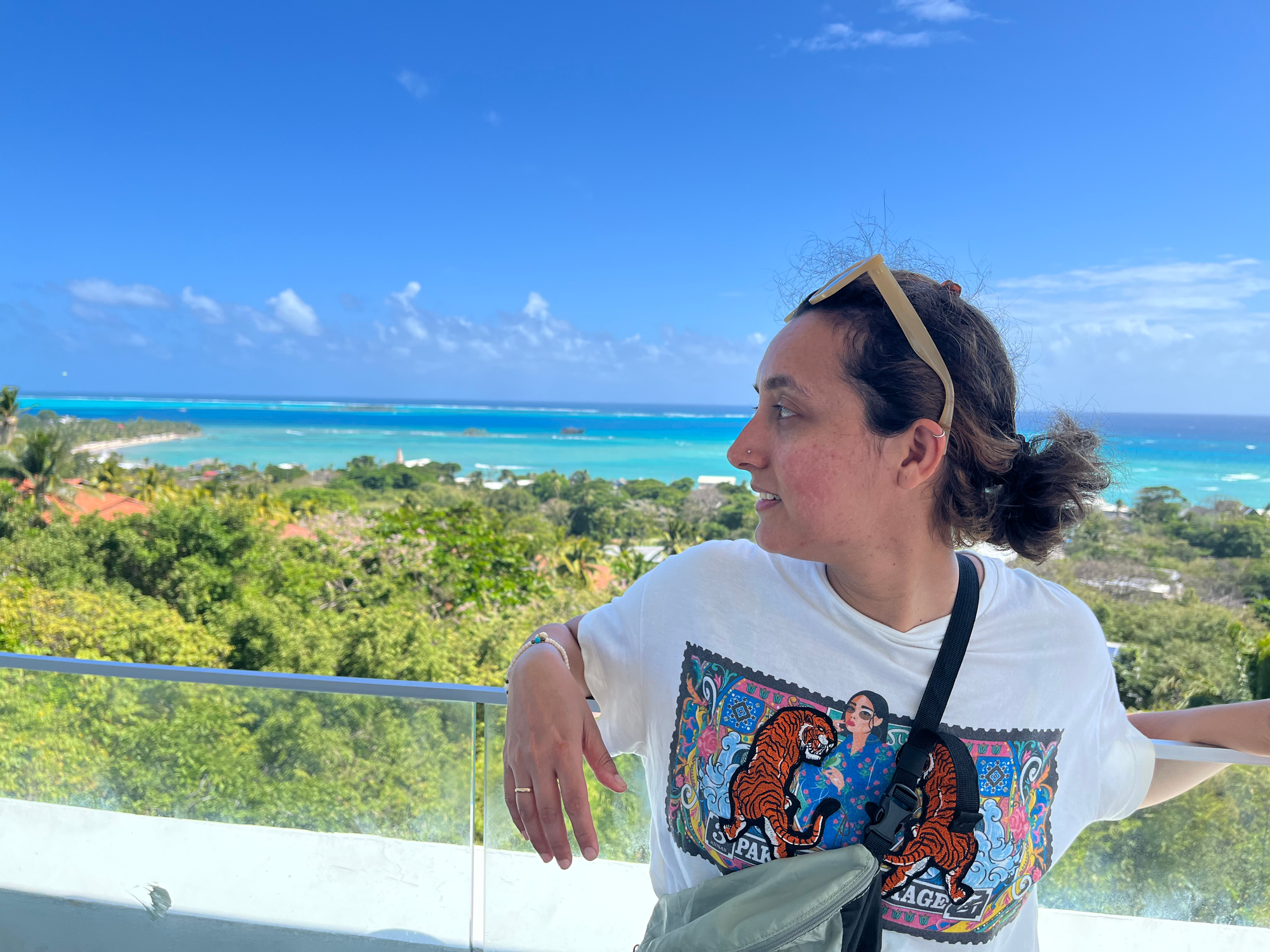
After coming back from San Andres we visited the Amazon rainforest and are still reeling from the experience (post on that to follow soon!)
Thanks for reading x

